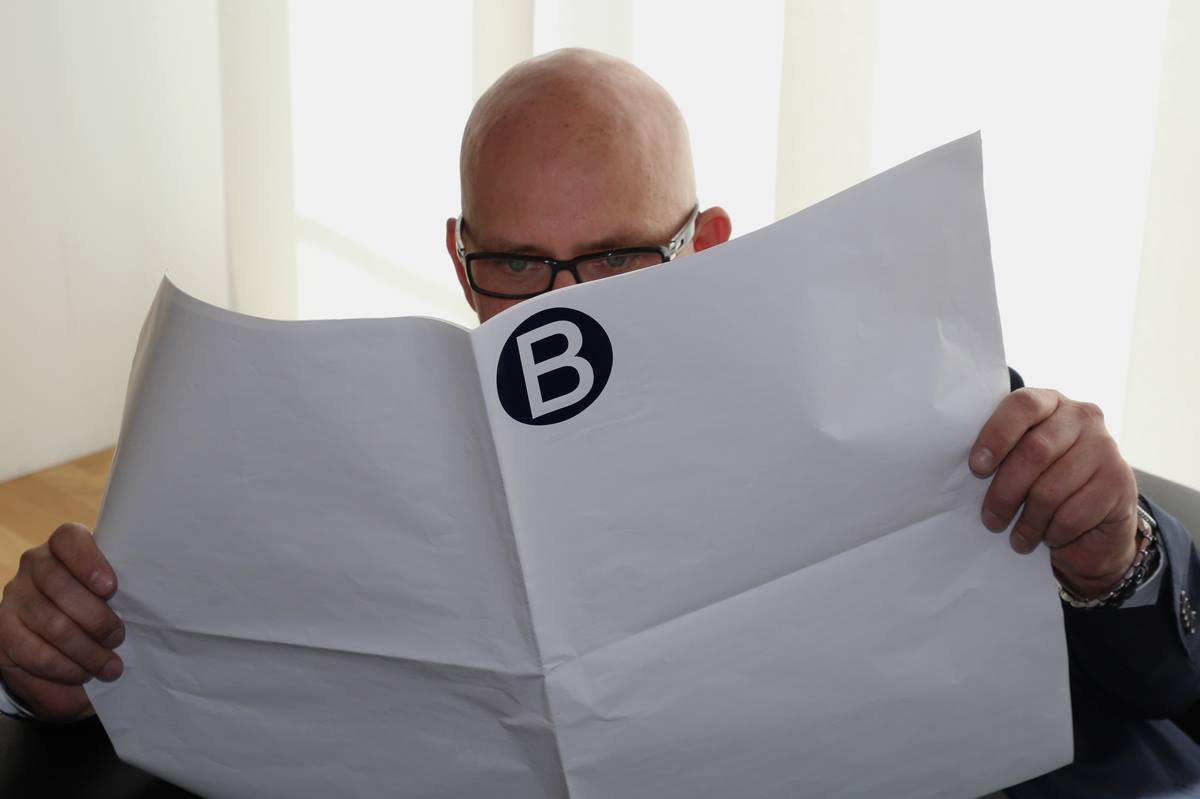THE PASSIVE
1. Tenses
In English, the passive is usually formed with the auxiliary verb “be” and the past participle of the main verb. Here are various typical business sentences using passives:
simple present – English is spoken at our office.
present progressive – The company is being restructured.
simple past – I wasn’t informed about the meeting.
past progressive – They had the feeling they were being misled.
present perfect – I’ve been put on hold again.
past perfect – We had been cheated before, so we were careful.
will-future – I’ll be transferred to Hong Kong next year.
going to-future – I’m afraid we’re going to be sued.
future perfect – The project will have been completed by Friday.
passive infinitive – We are the first company to be sold this year.
passive –ing forms – He doesn’t like being watched.
You will have noticed that none of the sentences above contains an agent — there is no mention of who performed the action. (Who speaks English? Who is restructuring the company?) This is very common in passive constructions. (See also section 3.)
2. Use of “get”
Especially in spoken language, the verb “get” is often used as an auxiliary instead of “be”:
– Yesterday’s meeting got postponed.
= Yesterday’s meeting was postponed.
– Our project’s got (US: gotten) criticized.
= Our project’s been criticized.
3. Form
Active sentences can be converted to passives by making the object of the active sentence the subject of the passive sentence. Here, compare the active (A) to the passive (P):
A: My father founded the firm in 1959.
P: The firm was founded by my father in 1959.
A: The boss gave me this car as a bonus.
P: This car was given to me as a bonus (by my boss).
Here, the direct object — this car — has become the subject of the passive sentence.
P: I was given this car as a bonus (by my boss).
Here, the indirect object — me — has become the subject of the passive sentence.
Sometimes, the agent is important — for example, in the sentence “The firm was founded by my father in 1959”. But in most cases, it can be left out.
4. Usage
The passive is often used to talk about processes and facts. It is very common in technical and scientific language, in bureaucratic jargon and in neutral reporting:
– The device is mounted to the wall using the ZU 14 wall bracket.
– This branch was established in 2001.
In other contexts, especially business letters, the active is preferred, as the passive can sound bureaucratic:
Bureaucratic: As agreed in our telephone conversation of 17 May, I am attaching…
Better: As we agreed in our telephone conversation of 17 May, I am attaching…
Bureaucratic: Therefore, another approach is being considered.
Better: That is why we are considering another approach.
PLURALS
1. The basics
Most plurals are formed by simply adding -s to the singular noun: minute/minutes.
If the singular noun ends in a consonant + y, the y is changed to i and -es is added: party/parties.
If the singular noun ends in -ch, -s, -sh, -x or -z, the plural is made by adding -es: box/boxes. If it ends in a single -z, this is doubled: quiz/quizzes.
There are two kinds of nouns ending in -o.
Some form plurals by adding -es: potato/potatoes.
Some form plurals by simply adding -s. This group includes most new words: photo/photos.
A group of nouns ending in -f have plurals ending in -ves, including: half/halves, self/selves, shelf/shelves, life/lives
2. Usage
Singular nouns take singular verbs, and plural nouns take plural verbs. A verb normally agrees with its subject, not with its complement:
– It is our profits I’m worried about.
In British English, singular nouns that refer to groups of people are often used with plural verbs. This practice is not accepted in US English.
– My staff are working hard on this (US: is).
A couple of, a number of, a few of, the majority of (+ plural) and a lot of (+ plural) take plural verbs:
– A number of people are helping us.
One, none, neither, any and either are singular:
– Neither of my deputies is available.
Countries/organizations are usually singular:
– The United Nations is pushing for a new law.
3. Irregular plurals
Some very common nouns have irregular plurals: child/children, person/people, tooth/teeth, man/men, woman/women
Some have identical singular and plural forms. Note that this group also contains some countable nouns that end in -s:
aircraft/aircraft, means/means, headquarters/headquarters, works/works
Uncountable nouns, by definition, do not have a plural:
advice, baggage, information, luggage, mathematics, news, politics. Some end in -s, which makes them look like plurals, but they are still used with singular verbs.
Some nouns exist only in the plural form, and are used with plural verbs: clothes, congratulations, contents, customs (Zoll ), data, funds (Geldmittel ), goods (Güter), manners, odds (Chancen), regards (Grüße), remains, savings (Erspartes), scales (Waage), stairs, surroundings, trousers.
© Business Spotlight
www.business-spotlight.de




